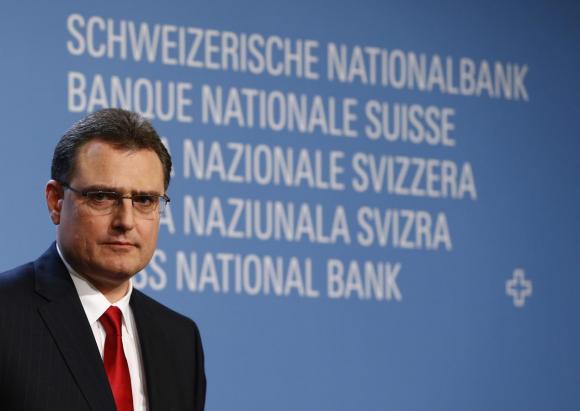Still confused about the ramifications re: last week’s Swiss National Bank (SNB) monetary policy change? Join the 1%’ers, including those global macro-focused market mavens, divas and divos who are dining on fresh mackerel in Davos, galloping their ponies in Greenwich, and/or skiing in Aspen.
The good news is one leading expert (who, not surprisingly is a nominee for Institutional Investor’s 2015 Hedge Fund Industry Rising Star award) has provided a rare and rational perspective on this topic. Courtesy of an exclusive column in FinAlternatives.com, the hedge fund industry’s go-to outlet for industry commentary, below please find the opening observations from this morning’s edition of “FinAlt.” MarketsMuse extends our thanks to FinAlt Editor-In-Chief Deirdre Brennan for allowing us to share the opening extract.

“…There are moments when it takes a dramatic event to remind the markets of some hard truths. Ever since the crash of 2008, central banks across the globe have developed a range of unorthodox policies in an effort to combat the economic shocks that hit the world economy during that crisis and its aftermath. Although these policies have taken a variety of forms – from liquidity programs, to asset purchases and currency pegs, etc. – in one way or another they all had a common goal. Central banks attempted to influence the price of financial assets as a way of improving the real economy. But as the Swiss have just taught us, that can be a lot harder in practice than it is in theory, and it doesn’t last forever.
After an uncertain start, the markets have generally played along with the policy, moving out the risk curve as central banks successfully reduced volatility and risk premia across a range of financial assets. As it turned out, policymakers’ success in influencing financial market pricing gave them an aura of credibility, if not infallibility amongst market participants, who in some ways seemed to become resigned to central bank omnipotence. Wherever the central bankers led, investors followed.
Until this year, that is. On January 15, the Swiss National Bank (SNB) announced that it was abandoning its policy of defending a 1.20 floor for the value of the euro against the Swiss franc, a mere three days after reiterating its commitment to that peg. The reaction was immediate and violent – the Euro-Swiss (EUR/CHF) currency pair gapped some 20% lower and extended its losses even further before eventually stabilizing around parity (i.e. ~1.00). Although the final reckoning has yet to be made, a broad range of market participants, including hedge funds, real money investors, banks, broker dealers, retail investors, and Swiss corporations all lost a lot of money.
The magnitude of the move came as no surprise, however, to seasoned observers of managed currency regimes. Similar routs followed the breakdown of other currency pegs going back to the collapse of the Bretton Woods system in the early 1970’s, or the forerunner of the euro, the Exchange Rate Mechanism (ERM), in the early 1990s.
In the wake of that, a key question has to be asked. Why did such a broad swathe of investors risk catastrophic loss for such modest prospective gains? The answer, of course, is that they believed in the inviolability of the currency floor and were explicitly encouraged to do so by the SNB. In turn that allowed investors to ignore the gap risk of a peg break because of the credibility and apparent infallibility of the SNB.
And yet they were wrong. The SNB could not be trusted in the end, and that has exposed a few hard truths about central bank policy and financial market risk taking.
Hard Truth #1: Extraordinary policies do not live forever.
Hard Truth #2: Central banks do not possess infinite credibility and are not naturally disposed to help speculators make money.
To read the full article, please visit FinAlternatives.com

